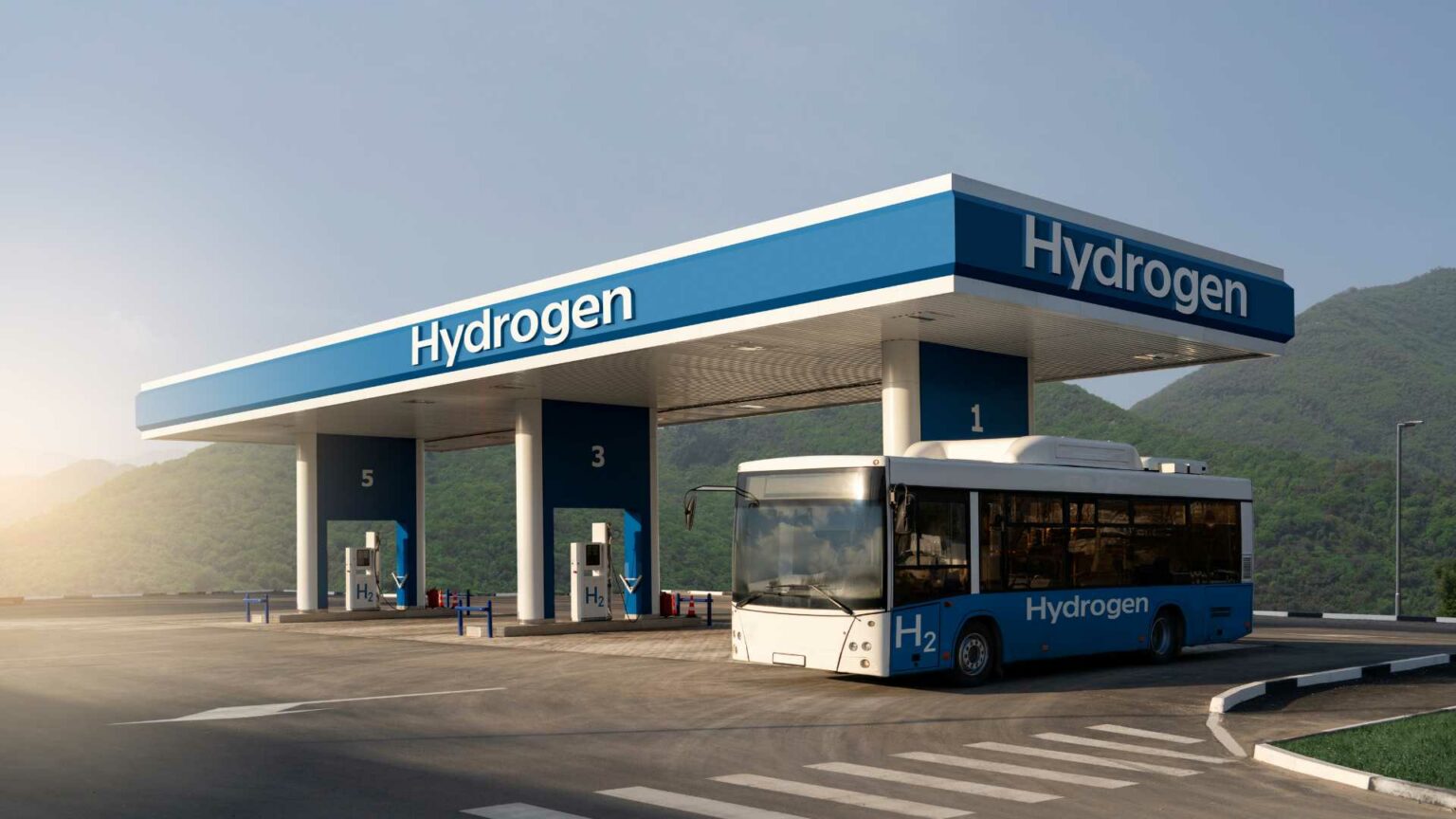Sydney’s bustling streets are undergoing a quiet revolution as Transport for NSW embarks on an ambitious journey to transition the state’s bus fleet to zero emissions technology.
With the goal of electrifying all 8,000 buses in Sydney by 2035, the initiative marks a significant step towards a cleaner, greener future for public transportation in the region.
The primary objective of Transport for NSW’s zero emissions bus initiative is to reduce the carbon footprint of Sydney’s public transport network. By phasing out diesel and gas-powered buses in favor of electric and hydrogen technology, the initiative aims to mitigate air pollution, combat climate change, and improve air quality for residents and commuters alike. Additionally, the transition aligns with broader environmental sustainability goals, including achieving net-zero emissions by 2050.
The transition to zero emissions buses involves the adoption of advanced electric and hydrogen propulsion systems. Electric buses, already a familiar sight on Sydney’s streets, utilize battery-powered electric motors to drive the vehicle, producing zero tailpipe emissions. Hydrogen buses, on the other hand, harness the power of green hydrogen, generated through electrolysis of water using renewable energy sources. These buses emit only water vapor, offering a sustainable alternative to traditional fossil fuel vehicles.
The introduction of zero emissions buses promises to revolutionize public transportation in Sydney, offering passengers a quieter, more comfortable, and environmentally friendly travel experience. By reducing reliance on fossil fuels, the initiative helps combat air pollution and greenhouse gas emissions, contributing to cleaner air and a healthier urban environment. Furthermore, the adoption of zero emissions technology sets a precedent for sustainable transportation practices, inspiring other cities to follow suit.
